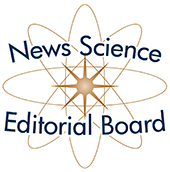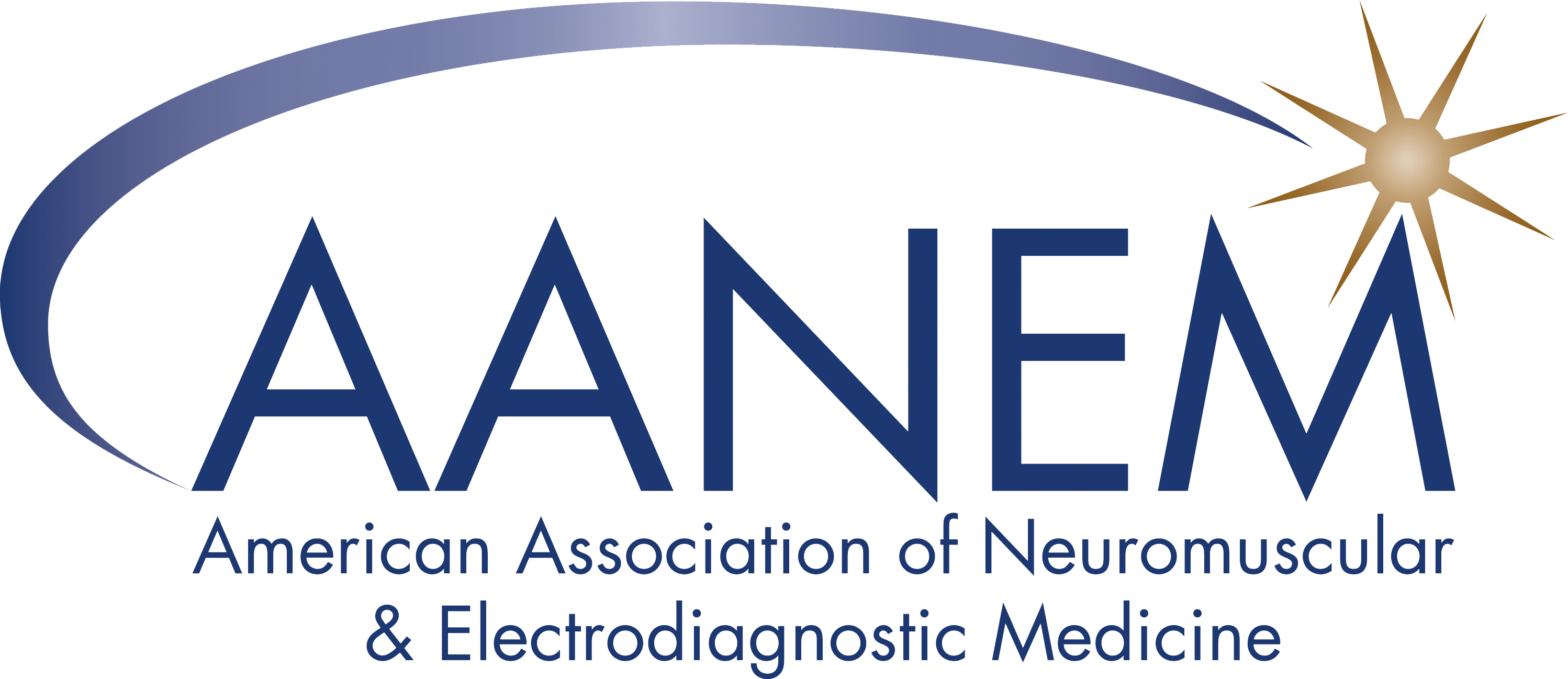Science News: Amyloid Typing by Mass Spectrometry in Clinical Practice: a Comprehensive Review of 16,175 Samples
Published June 14, 2021
Education Science News

Submitted by: Hristelina Ilieva, MD, PhD
Edited by: Niranjan Singh, MD
Dasari S, Theis JD, Vrana JA, et al. Amyloid typing by mass spectrometry in clinical practice: A comprehensive review of 16,175 samples. Mayo Clin Proc. 2020;95(9):1852-1864. doi:10.1016/j.mayocp.2020.06.029
Summary: This is a very extensive summary of the experience of the Mayo clinic over ten years – from 2008 to 2018 with analyzing the congo red positive biopsy samples from throughout the country from a variety of tissues (heart, fat pad, GI, kidney, liver, muscle, nerve, tendons, breast, lymph nodes, bone marrow, etc.) in a way that is able to report even rare amyloid types usually not detected by the standard amyloid immunohistochemistry panels. They report in detail both the most common amyloid per different tissue types and also for the different amyloid protein what is their typical tissue distribution. The most common amyloidosis proteins found in their series are light chains in 58% of cases, TTR 28% of cases, LECT2 3.16% of cases. They are also able in a lot of the cases to distinguish wild type vs hereditary TTR. The most common subtype of hTTR are V142I, followed by T80A, followed by V50M. In terms of tissues of interest to the neuromuscular neurologist and PMR specialist muscle: 65% AL, 35% TTR; nerve: 45% AL, 44% TTR, 7% AH, tendon: 73% TTR, 23% AL, 3% b2M. There are proteins that only deposit in single organs. It is an extensive analysis and can serve as a reference.
Comments: It is a very comprehensive study that summarizes the experience of one of the best centers in the country in using a sophisticated proteomic approach. It is likely to be most frequently used by our pathology colleagues, but having a good idea where to look for more information is helpful.
